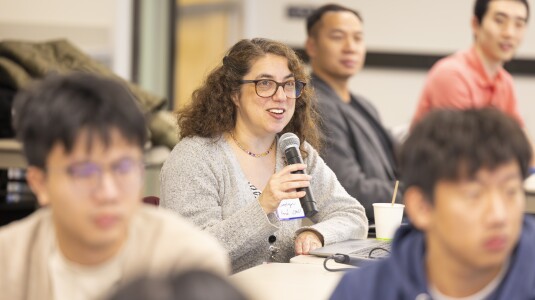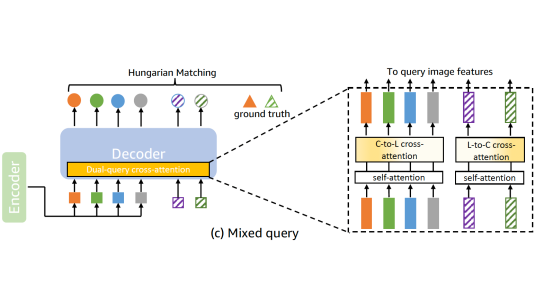IGB: Addressing the gaps in labeling, features, heterogeneity, and size of public graph datasets for deep learning research
2023
Graph neural networks (GNNs) have shown high potential for a variety of real-world, challenging applications, but one of the major obstacles in GNN research is the lack of large-scale flexible datasets. Most existing public datasets for GNNs are relatively small, which limits the ability of GNNs to generalize to unseen data. The few existing large-scale graph datasets provide very limited labeled data. This makes it difficult to determine if the GNN model’s low accuracy for unseen data is inherently due to insufficient training data or if the model failed to generalize. Additionally, datasets used to train GNNs need to offer flexibility to enable a thorough study of the impact of various factors while training GNN models. In this work, we introduce the Illinois Graph Benchmark (IGB), a research dataset tool that the developers can use to train, scrutinize and systematically evaluate GNN models with high fidelity. IGB includes both homogeneous and heterogeneous academic graphs of enormous sizes, with more than 40% of their nodes labeled. Compared to the largest graph datasets publicly available, the IGB provides over 162x more labeled data for deep learning practitioners and developers to create and evaluate models with higher accuracy. The IGB dataset is a collection of academic graphs designed to be flexible, enabling the study of various GNN architectures, embedding generation techniques, and analyzing system performance issues for node classification tasks. IGB is open-sourced, supports DGL and PyG frameworks, and comes with releases of the raw text that we believe foster emerging language models and GNN research projects.
Research areas




